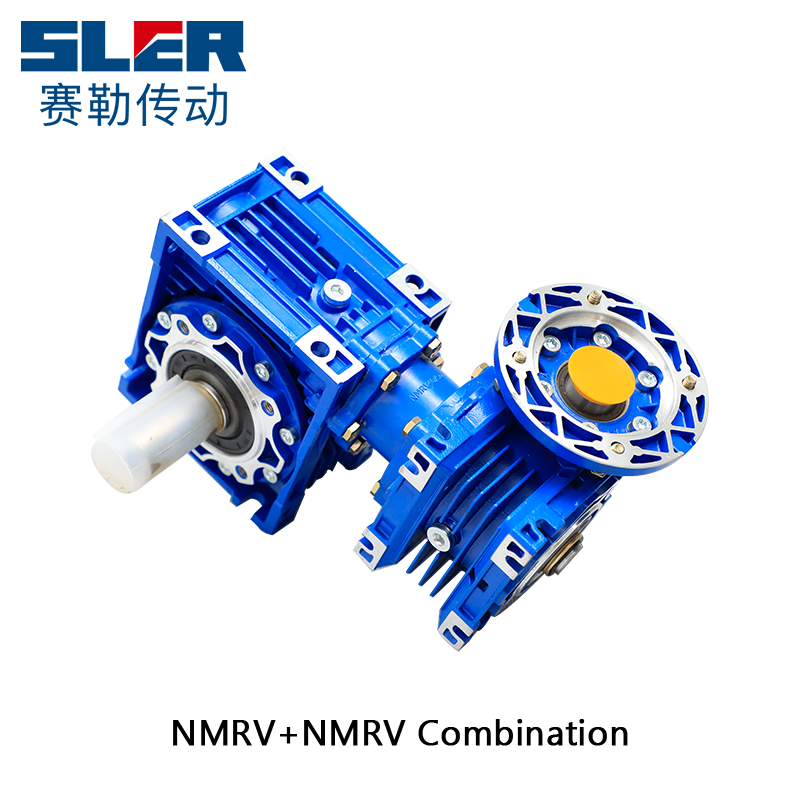The selection of housing materials for helical gear reducers is a critical aspect of the design process, especially concerning thermal conductivity and heat dissipation properties. The choice of housing material directly influences the ability of the gear reducer to manage heat effectively during operation.
Thermal Conductivity:
One of the primary criteria for selecting housing materials is their thermal conductivity, which refers to the material's ability to conduct heat. Materials with high thermal conductivity facilitate efficient heat transfer away from the internal components of the gear reducer to the external environment.
Metals such as aluminum and copper are commonly chosen for their excellent thermal conductivity properties. These materials allow heat generated within the gear reducer to dissipate quickly through the housing, preventing localized heat buildup and ensuring uniform temperature distribution.
Heat Dissipation Properties:
In addition to thermal conductivity, housing materials must possess effective heat dissipation properties to efficiently dissipate heat away from the gear reducer. Heat dissipation involves the transfer of heat energy from the internal components to the surrounding environment through conduction, convection, and radiation.
Aluminum alloys are frequently used in the construction of gear reducer housings due to their lightweight nature, corrosion resistance, and good heat dissipation properties. The high surface area-to-volume ratio of aluminum alloys enhances heat dissipation, allowing for effective cooling of the internal components.

Mechanical Strength and Rigidity:
While thermal conductivity and heat dissipation are essential considerations, housing materials must also exhibit adequate mechanical strength and rigidity to withstand the operational loads and stresses experienced during operation. The housing material should maintain dimensional stability and structural integrity under varying temperature conditions.
Ductile metals such as cast iron or steel are preferred for their high mechanical strength and rigidity. These materials provide robust housing structures capable of withstanding dynamic loads and mechanical stresses without deformation or failure.
Corrosion Resistance:
Helical gear reducers may operate in diverse environmental conditions, including outdoor or industrial settings where exposure to moisture, chemicals, or corrosive agents is common. Therefore, housing materials must demonstrate corrosion resistance to ensure long-term durability and reliability.
Stainless steel alloys are often selected for their superior corrosion resistance properties, making them suitable for gear reducer applications in harsh environments. Stainless steel housings offer excellent protection against corrosion, extending the lifespan of the gear reducer and minimizing maintenance requirements.
Cost and Manufacturing Considerations:
Cost-effectiveness and ease of manufacturing are practical considerations when selecting housing materials for helical gear reducers. The chosen material should strike a balance between performance requirements and production feasibility to meet cost targets while maintaining desired thermal properties.
Aluminum alloys are favored for their favorable balance of performance, cost, and manufacturability. Aluminum housings can be produced using various manufacturing processes, including casting, machining, and extrusion, offering flexibility in design and cost-effective production options.



 英语
英语 中文简体
中文简体 俄语
俄语1.png?imageView2/2/format/jp2)
1.png?imageView2/2/format/jp2)
1.png?imageView2/2/format/jp2)
a.png?imageView2/2/format/jp2)







